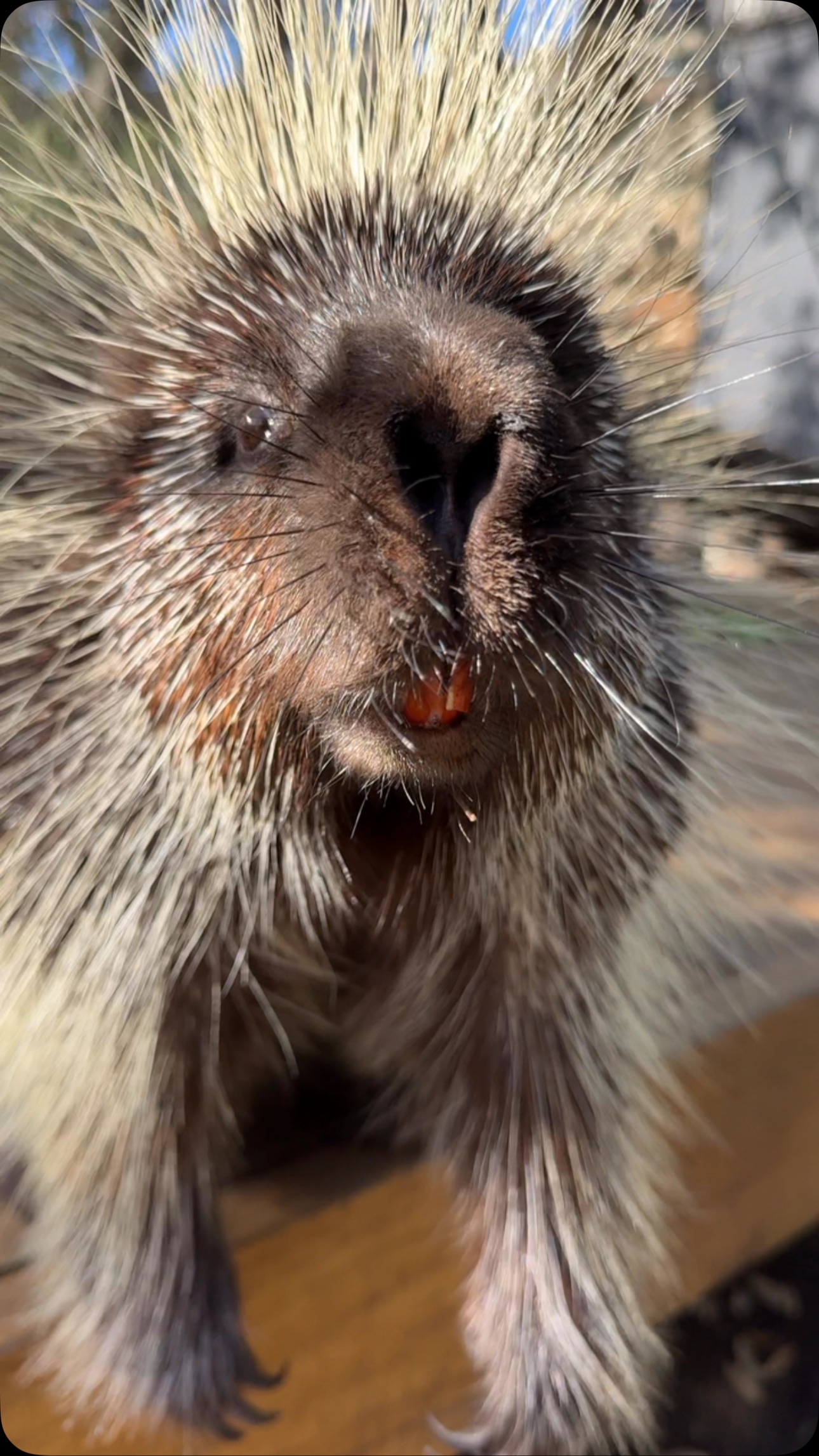- Exploring the fascinating behavior and diet of Elmer, the porcupine, during snack time.
- Understanding the ecology and natural habitat of porcupines, emphasizing their role in the environment.
- Insights into zoo management practices that enhance the wellbeing of porcupines like Elmer.
- Strategies in wildlife conservation to protect porcupine populations and their habitats.
- The importance of educational programs and community engagement in wildlife preservation.
Porcupines, known for their distinctive quills, are fascinating creatures with behaviors and habits that provide significant insights into their ecological role and conservation needs. In the intriguing world of snack time with Elmer the porcupine, we uncover not only the dietary preferences but also the broader context of porcupine life that informs both zoo management and wildlife conservation strategies.
Elmer, like other porcupines, enjoys a diet rich in plant material, demonstrating a range of feeding habits. Primarily herbivorous, porcupines consume leaves, herbs, twigs, and green plants. However, they are also known to gnaw on bark and small branches, showcasing their need for nutrients found in wood. This behavior serves multiple purposes: it helps maintain the health of their ever-growing teeth and allows them to access essential minerals. Elmer’s dietary diversity not only keeps him healthy but also engages the curiosity of onlookers, drawing attention to the ecological importance of porcupines.
In their natural habitat, porcupines play a crucial role in forest ecosystems. They contribute to the health of forests by pruning trees, which can encourage new growth and maintain a balanced environment. Porcupines are generally found in forests, deserts, and grasslands across the Americas, Africa, and Eurasia. Their widespread presence highlights their adaptability and essential ecological function. By understanding their habitat preferences, we can better appreciate the factors that affect their populations and implement conservation strategies to protect them.
Zoo management practices are an integral part of ensuring the health and wellbeing of animals like Elmer. Proper enclosure design, dietary planning, and enrichment activities are crucial for simulating the porcupine’s natural environment, reducing stress, and promoting natural behaviors. For Elmer, snack times are not just an opportunity to eat but also serve as a mentally stimulating activity. Providing varied diets mimicking their wild counterparts ensures optimal health, both physically and psychologically. These practices highlight the importance of balancing animal care and educational outreach in zoos, which can elevate the public’s understanding and appreciation of wildlife.
Wildlife conservation strategies for porcupines focus on habitat preservation and mitigating human-wildlife conflicts. Deforestation and habitat fragmentation pose significant threats to porcupine populations, making conservation efforts critical. By establishing protected areas and promoting sustainable land-use practices, we can safeguard the natural environments that porcupines depend on. In addition, public education campaigns that address misconceptions about porcupines, such as the myth that they can shoot their quills, are vital in fostering coexistence between humans and wildlife.
Educational programs are a cornerstone in engaging communities and raising awareness about conservation. By offering interactive experiences, such as snack time demonstrations with animals like Elmer, zoos and wildlife centers can inspire the public to support conservation initiatives. These programs also encourage visitors to learn about the broader environmental impacts affecting wildlife and explore ways to contribute to conservation efforts in their daily lives.
Snack time with Elmer the porcupine offers more than a glimpse into the life of a captivating creature; it provides an opportunity to understand the ecological significance of porcupines and the multifaceted approach required for their conservation. By aligning zoo management strategies with educational outreach and conservation efforts, we can foster a greater appreciation and commitment to protecting these remarkable animals and their habitats. Through continued research, education, and collaboration, we can ensure that future generations will enjoy the presence of porcupines in our natural world.
*****
Source Description
Snack time with Elmer the porcupine! 🥰😋
.
.
.


